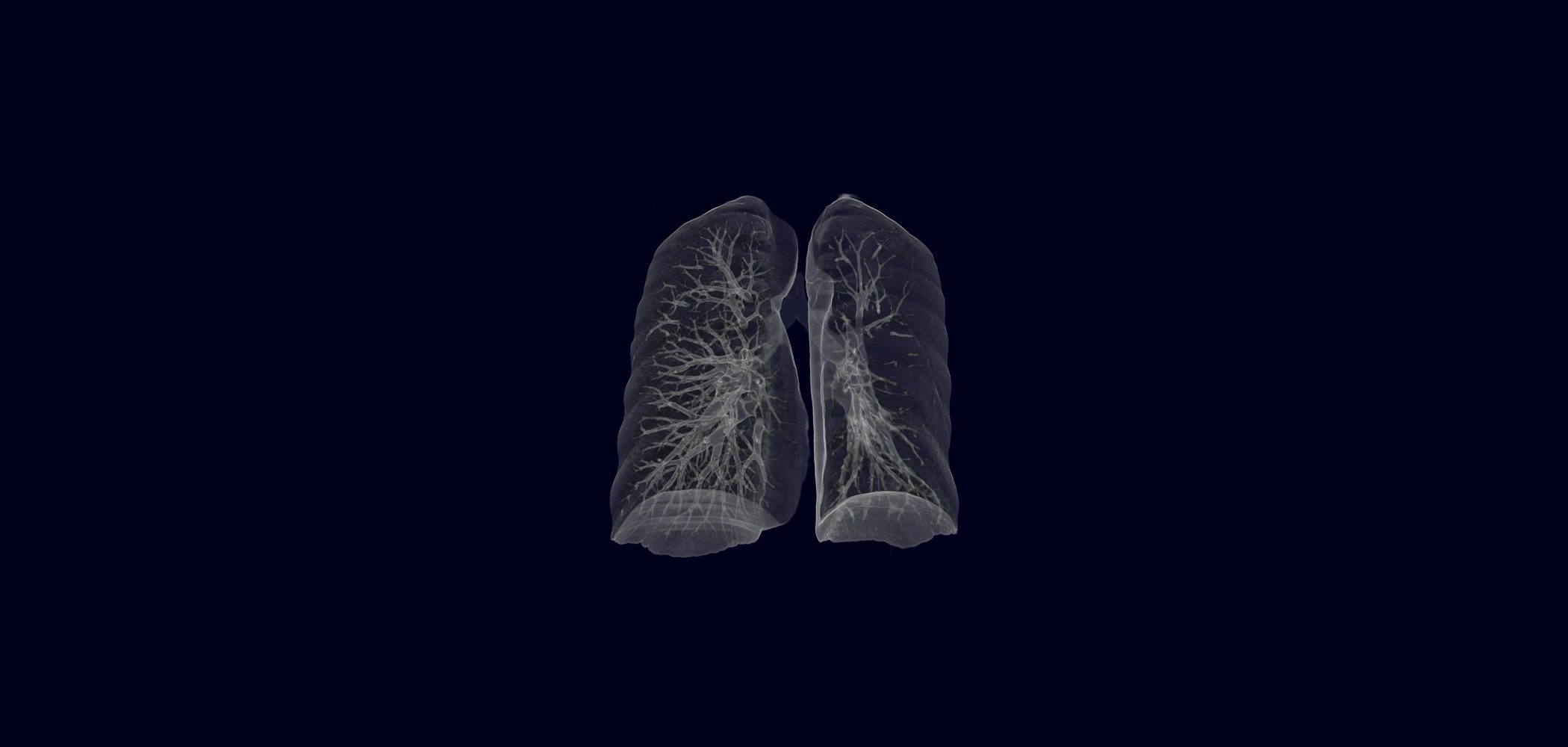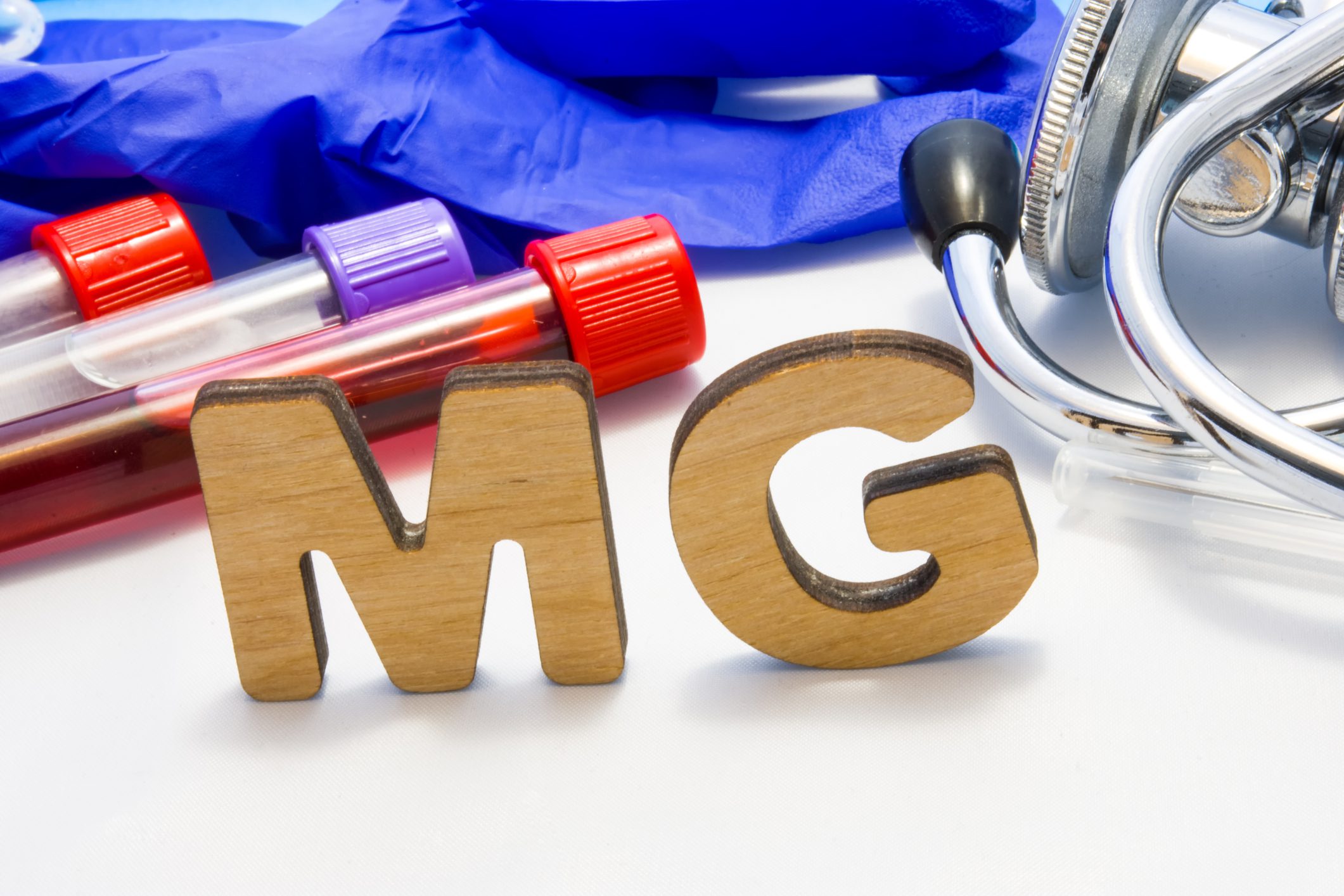Heart failure is a growing problem in Switzerland, as in the rest of the industrialized world, because the incidence of heart failure increases with age and there are more and more elderly people. On the other hand, treatment options have increased significantly over the past 20 years. What tips and tricks can facilitate the treatment?
Heart failure is a growing problem in Switzerland, as in the rest of the industrialized world, because the incidence of heart failure increases with age and there are more and more elderly people. On the other hand, treatment options have increased significantly over the past 20 years. More than five drug classes have been introduced that significantly reduce mortality and hospitalizations. In addition, there are new catheter-based treatment techniques of valvular heart disease and advances in the invasive treatment of cardiac arrhythmias, as well as new developments in ventricular assist devices. A patient’s outlook when first diagnosed with heart failure is much better today than it was a few years ago.
In this article, it is not our aim to repeat the ESC guidelines on this topic [1]. Rather, we want to discuss tips and tricks to facilitate the treatment of patients with heart failure in the family practice.
Definition and diagnosis
Heart failure is defined as a mismatch between cardiac function and the demands placed on the heart. In recent years, many abbreviations have appeared that have made it rather difficult to understand the lists of diagnoses. In fact, heart failure can be divided into two broad categories. First, heart failure with preserved systolic ventricular function (the ejection fraction ) ( HFpEF) and second, heart failure with reduced systolic function ( HFrEF). This distinction is very important because therapeutic concepts in both groups are fundamentally different and have been researched separately [1].
Furthermore, Heart Failure with moderately reduced Ejection Fraction (HFmrEF) should be mentioned here, this additional delineation exists mainly for research purposes, and Heart Failure with recovered Ejection Fraction (HFrecEF) [2] for patients with normalization of systolic ventricular function after initial limitation (Table 1).
Etiology of heart failure
Once the diagnosis of heart failure is made, the etiology must be identified. Although the basic drug treatment of the various causes of heart failure largely does not differ, different treatments (e.g., revascularization in ischemic heart disease), preventive measures, or specific family screening are suggested depending on the etiology.
The ESC guidelines [1] provide a comprehensive list of etiologies and the additional investigations required to establish their diagnosis. Compiling 18 key studies on this topic (Table 2), approximately 70% of patients suffer from ischemic heart disease, 20% from dilated heart disease of undetermined origin, and the remaining 10% from postmyocarditis, alcoholic, valvular, diabetic, toxic (mainly chemotherapy-related), or postpartum cardiopathies. Transthoracic echocardiography followed by coronary angiography, supplemented with cMRI if negative, in conjunction with a detailed history and laboratory, usually leads to the cause of heart failure (Table 3).
For years, one cause of HFpEF was ignored because there was no effective therapy for a long time: cardiac amyloidosis of the ATTR type. If suspected (marked ventricular hypertrophy, persistent severely symptomatic atrial fibrillation, unexpectedly high diuretic requirement with preserved LVEF), ATTR amyloidosis should be actively sought. There is a specific prognosis-improving, albeit costly, therapy available today with tafamidis. DPD scintigraphy is the diagnostic tool of choice here.
Therapy
We have to imagine the different therapy levels in heart failure as a pyramid. You should expand and complete the lower levels of the pyramid as much as possible before moving on to the next higher level. The higher the level, the more complex the treatment and the side effects (Fig. 1).
Non-specific non-drug and drug therapy
The foundation of the pyramid is non-drug therapies including cardiovascular preventive measures.
In the primary care setting, obstructive sleep apnea syndrome, which is particularly harmful to the heart, and iron deficiency can be easily detected (for indications, see Table 4) . Patients with ischemic heart disease and ventricular function <40% benefit most from intravenous iron supplementation.
A sensitive issue in patients with heart failure is counseling regarding alcohol consumption. Although it is believed that alcohol consumption of more than three units per day is harmful, consumption of two units of alcohol per day or less, does not appear to be harmful [3]. Of course, if alcohol consumption is the cause of the heart failure itself, we recommend absolute abstinence.
Simple, regular weight measurement and weight adjustment of diuretics is one of the most effective measures to avoid hospitalization for acute cardiac decompensation. We recommend that the patient and physician determine the amount of diuretic according to an individual regimen. The regimen contains the amount of diuretic according to weight, a target weight and an alarm weight. If the alarm weight is exceeded, the patient should seek medical advice. To maintain a stable weight, the temporary addition of metolazone to torasemide (e.g., metolazone 5 mg for 3–5 days) can significantly improve diuresis in loop diuretic resistance [4]. Metolazone should be taken approximately one hour before torasemide. Increased attention should be paid to electrolyte disturbances, especially in combination therapy with several diuretics. Relevant dyselectrolytemia may lead to the malignant arrhythmias in the cardiac stress patients.
Specific drug therapy: the 4 pillars
The second step in the pyramid of modern heart failure treatment is the combination of Entresto/ARNI, aldosterone receptor blocker, beta blocker, and the latest addition, sodium-glucose co-transporter inhibitor (SGLT2i). Some “tricks” can be helpful in the introduction and subsequent titration of these therapies:
In Switzerland, Forxiga or Jardiance should be started BEFORE treatment with Entresto. This is not based on ESC recommendations or clinical data. But it is a mandatory criterion in the specialty list and is therefore a criterion for reimbursement.
It is generally known that Entresto, sartans and ACE inhibitors must not be given in parallel. There is also an overlapping effect between Entresto and ACE inhibitors when switching from an ACE inhibitor to Entresto. If treatment must be switched from an ACE inhibitor to Entresto, a break from the ACE inhibitor of at least 72 hours should be observed.
Entresto lowers systolic blood pressure by about 20%. Titration over 6 weeks is recommended, especially in patients with baseline blood pressure around 100-110 mmHg systolic [5]. Entresto must not be formally started below a systolic of 90 mmHg. However, our experience shows that with a low-dose initiation of therapy and a cautious increase, even patients with low baseline blood pressure can benefit from Entresto.
It is important to note that the effect of drug therapies has been demonstrated in studies using the maximum tolerated dose, not the maximum possible dose. Fortunately, in practice, the positive effect of a maximum recommended and maximum tolerated dose is very similar [6].
Heart failure medication has a negative effect on male sexuality. A side effect on female sexuality can be suspected, but unfortunately there are no studies on this. Spironolactone (Aldactone) has, among other things, a negative effect on libido, causes breast enlargement in men and leads to erectile dysfunction. Eplerenone, the alternative to Aldactone that is also recommended for the treatment of heart failure, does not have these side effects. However, health insurers reimburse eplerenone only if gynecomastia occurs while on aldosterone. Beta-blockers are also known for their negative effect on erectile function. Bisoprolol and nebivolol have a less pronounced effect in this area.
For assistance in prescribing heart failure medications, refer to the tables in the Appendix of the ESC guidelines (https://academic.oup.com/eurheartj/article/42/36/3599/6358045#supplementary-data).
Finally, it is important at this point to address the “problem” of patients with HFrecEF. How should patients whose ventricular function has improved be treated? In most cases, the medication should be continued. If the patient suffers severely from side effects, therapy can be continued at a reduced dose. The risk of recurrence of severe heart failure after discontinuation of medication is approximately 40% [7].
Intermediate therapy
The third level of the pyramid is the intermediate therapies. These include therapies but do not directly involve mechanical support or ventricular replacement.
We briefly review the established treatment methods: The defibrillator is implanted in primary and secondary prevention of potentially fatal arrhythmias. In primary prophylaxis, there is an indication for LVEF ≤35%, especially in ischemic heart disease. Women with non-ischemic heart disease and with wide (>150 ms) left bundle branch block particularly benefit from a resynchronization pacemaker where a bundle branch block is bridged. In contrast to the defibrillator, patients here usually also benefit in everyday life with an improvement in performance. Often, a combination of defibrillator and resynchronization pacemaker is implanted because the indications for both device functions overlap.
Valve repair or replacement therapies such as TAVI or TEER (e.g., Mitra Clip) are important contributions to preserving cardiac function in cases of aortic stenosis or severe mitral regurgitation, respectively. In particular, severe secondary mitral regurgitation is the common end route of many dilating cardiopathies and accelerates disease progression and symptoms. The mitral clip is a relatively new intervention method with a low periinterventional risk and significant reduction of insufficiency in suitable anatomy.
Finally, there are other new invasive interventions on the tricuspid valve in patients with symptomatic severe tricuspid regurgitation, which are even less established, or carotid pacing to reduce sympathetic drive (“electrical beta-blockers”). These are all options that are also available in patients who are not candidates for LVAD implantation or transplantation.
Advanced therapies
The top of the pyramid is advanced therapies with heart transplantation (HTX) and the mechanical left ventricular assist device ( LVAD).
When determining the indication, it is helpful to know the INTERMAC scale, which describes the degree of symptoms. The lower the INTERMAC value, the worse off the patient is. INTERMAC-1-3 patients are in the ICU, INTERMAC-4 patients are frequently hospitalized, and INTERMAC-5-7 patients are ambulatory but suffer from severe respiratory distress (Fig. 2).
Whether a patient is listed for transplantation or receives an LVAD permanently (Destination Therapy, DT) or temporarily until transplantation (Bridge to Transplant, BTT) is decided based on many factors. The most important factors in the decision for LVAD implantation are quality of life (in INTERMAC patients 5-7) [8] and survival (in INTERMAC patients 4-1). Comorbidities and biological age and compliance may limit treatment escalation. The indications for heart transplantation are much more diverse, ranging from severe systolic heart failure (in the vast majority of cases) to severe symptomatic diastolic failure (rare) to recurrent arrhythmias despite multiple treatments (rare).
The input of the primary care physician is central to ensuring that the cardiology team and patient make the right decision regarding transplantation or LVAD. Is drug adherence a problem even before a possible transplant? Is he socially isolated? Or, on the contrary, is he in excellent general condition despite his age and suffering only from the symptoms of his heart failure? Close collaboration with the cardiologist and knowledge of the indications, limitations, and contraindications of the various therapies are helpful. These are summarized in Table 5.
Take-Home Messages
- The primary care physician plays a central role in the management of heart failure. First in early detection in patients with symptoms such as shortness of breath or decreased exercise capacity.
- Subsequently, in the expansion of heart failure therapy, the primary care physician is at the forefront. Approaching the maximum tolerated dose can be very challenging and you may lose the patient as a partner in the expansion effort.
- Also, the primary care physician is an important partner in the discussion about moving toward heart transplantation and LVAD implantation. He sees difficulties coming in advance and, on the other hand, knows the patient’s resources. Last, a good primary care network is essential for follow-up after heart transplantation or LVAD implantation.
Literature:
- McDonagh TA, Metra M, Adamo M, et al: 2021 ESC Guidelines for the diagnosis and treatment of acute and chronic heart failure: Developed by the Task Force for the diagnosis and treatment of acute and chronic heart failure of the European Society of Cardiology (ESC) With the special contribution of the Heart Failure Association (HFA) of the ESC. European Heart Journal 2021; 42: 3599-3726.
- Wilcox JE, Fang JC, Margulies KB, Mann DL: Heart Failure With Recovered Left Ventricular Ejection Fraction: JACC Scientific Expert Panel. Journal of the American College of Cardiology 2020; 76: 719-734.
- Larsson SC, Orsini N, Wolk A: Alcohol consumption and risk of heart failure: a dose-response meta-analysis of prospective studies. European Journal of Heart Failure 2015; 17: 367-373.
- Grosskopf I, Rabinovitz M, Rosenfeld JB: Combination of furosemide and metolazone in the treatment of severe congestive heart failure. Isr J Med Sci 1986; 22: 787-790.
- Senni M, McMurray JJV, Wachter R, et al: Initiating sacubitril/valsartan (LCZ696) in heart failure: results of TITRATION, a double-blind, randomized comparison of two uptitration regimens. European Journal of Heart Failure 2016; 18: 1193-1202.
- Corrado E, Dattilo G, Coppola G, et al: Low- vs high-dose ARNI effects on clinical status, exercise performance and cardiac function in real-life HFrEF patients. Eur J Clin Pharmacol 2022; 78: 19-25.
- Wilcox JE, Fang JC, Margulies KB, Mann DL: Heart Failure With Recovered Left Ventricular Ejection Fraction: JACC Scientific Expert Panel. Journal of the American College of Cardiology 2020; 76: 719-734.
- Shah KB, Starling RC, Rogers JG, et al: Left ventricular assist devices versus medical management in ambulatory heart failure patients: An analysis of INTERMACS Profiles 4 and 5 to 7 from the ROADMAP study. The Journal of Heart and Lung Transplantation 2018; 37: 706-714.
- Cook JL, Colvin M, Francis GS, et al: Recommendations for the Use of Mechanical Circulatory Support: Ambulatory and Community Patient Care: A Scientific Statement. The American Heart Association Circulation 2017; 135: e1145-e1158.
- Mehra MR, Canter CE, Hannan MM, et al: The 2016 International Society for Heart Lung Transplantation listing criteria for heart transplantation: A 10-year update. The Journal of Heart and Lung Transplantation 2016; 35: 1-23.
HAUSARZT PRAXIS 2023; 18(1): 12–17



















